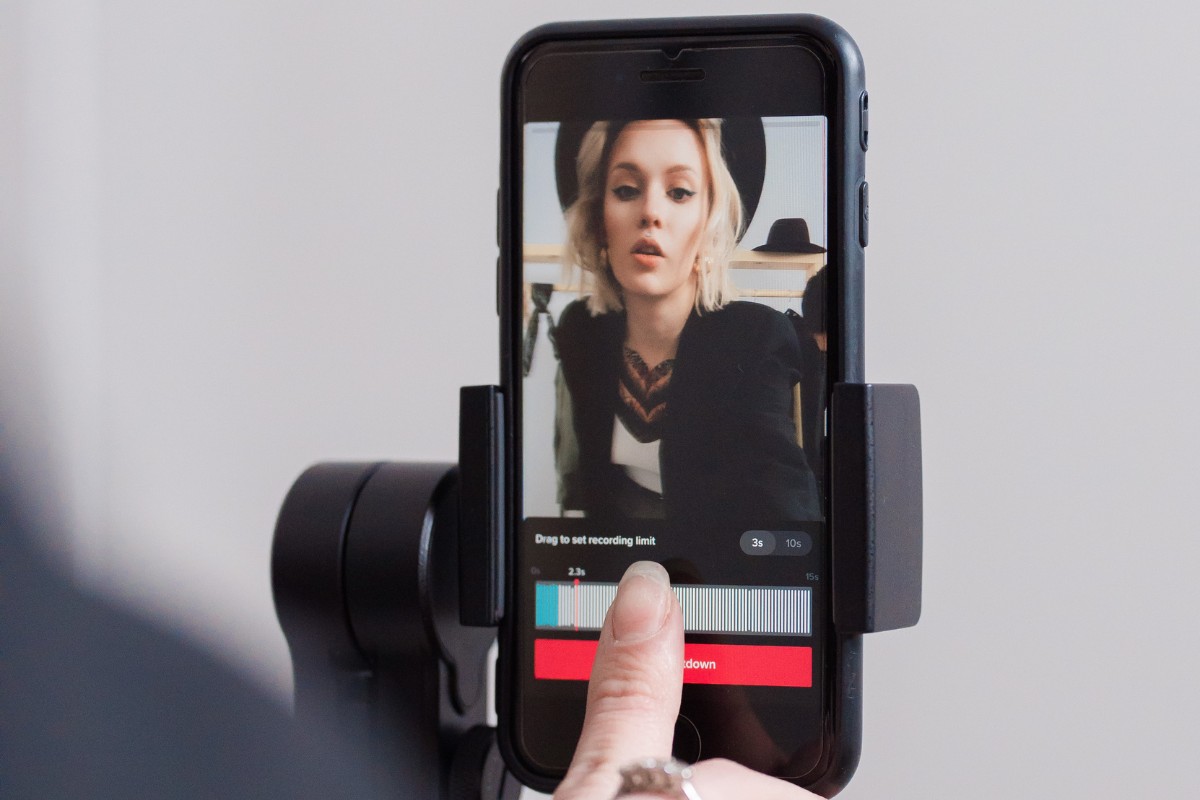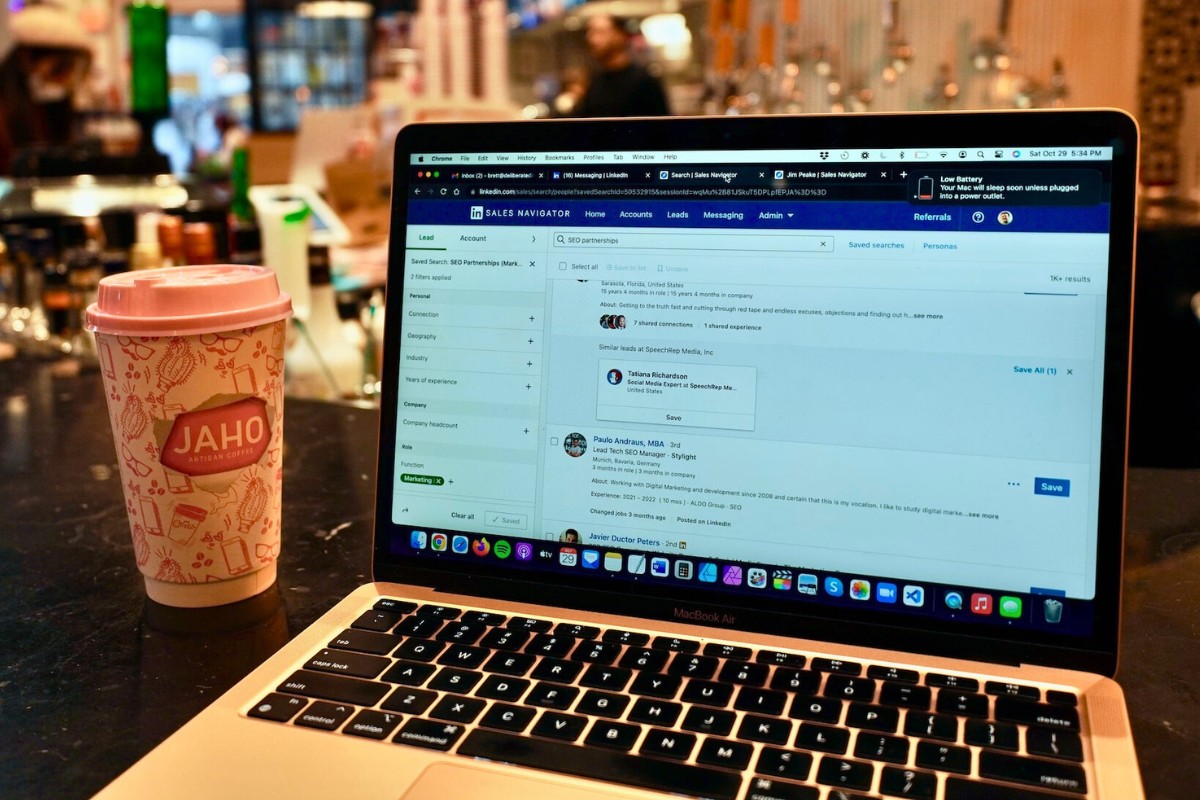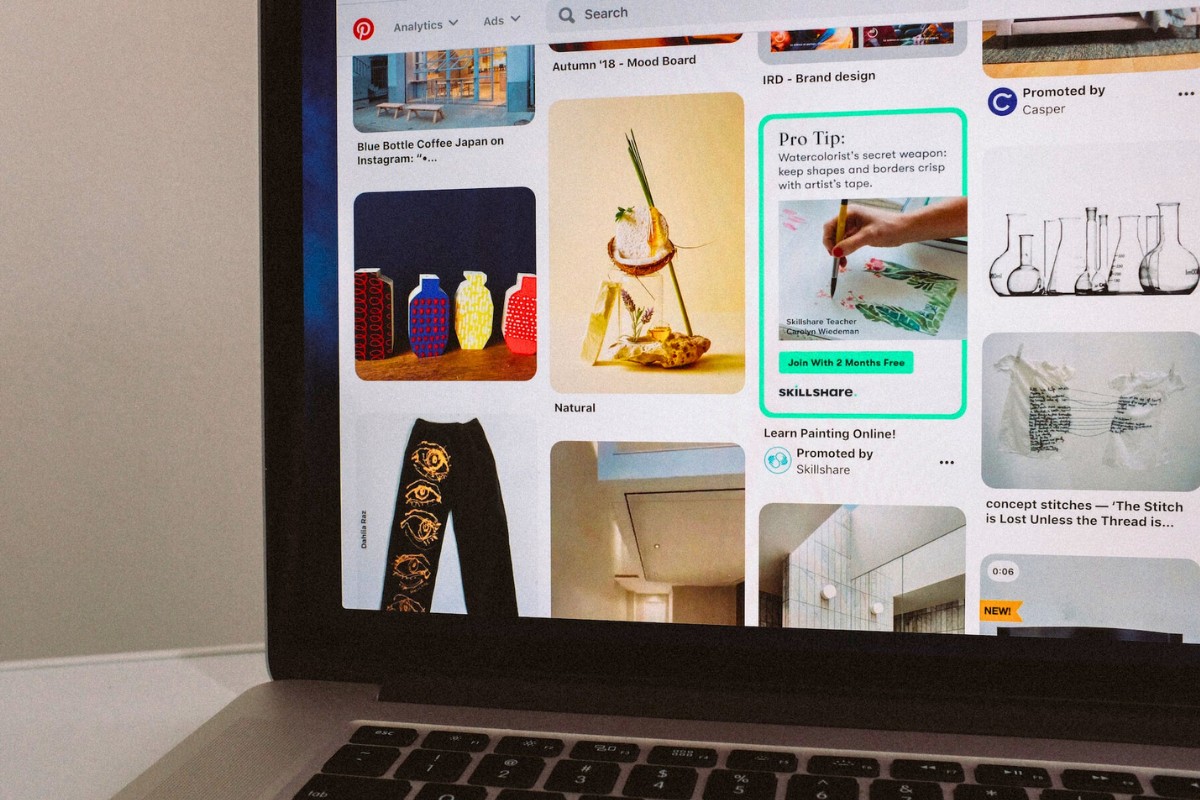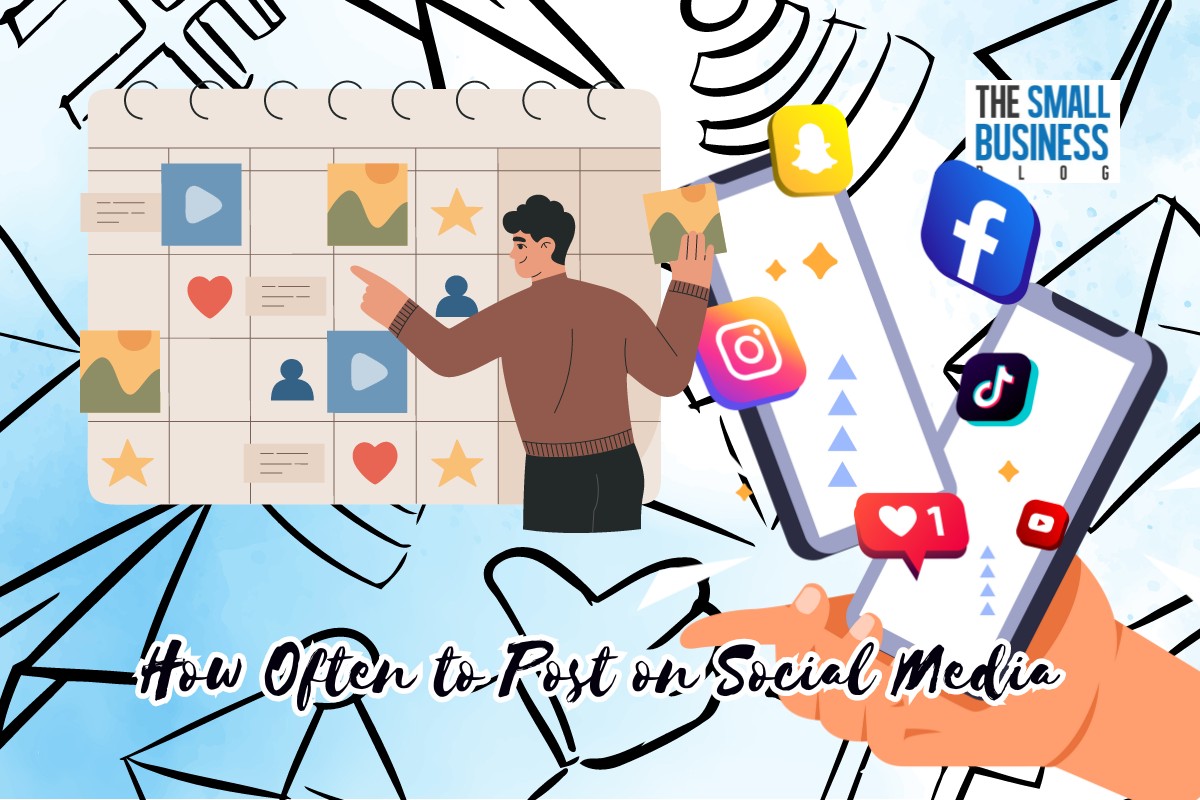Navigating the world of social media can often feel like solving a complex puzzle, especially when it comes to deciding the frequency of your posts.
How often to post on social media is a question that stirs up much debate among marketers and business owners alike.
This article aims to shed light on this topic, offering insights and guidelines to help you strike the perfect balance between staying visible and overwhelming your audience.
With a focus on various platforms, we’ll explore how to tailor your social media strategy for maximum impact, ensuring your content not only resonates with your audience but also aligns with the unique rhythm of each social channel.
Post Contents
How Often to Post on Social Media – General Guidelines
When it comes to determining how often to post on social media, there’s no magic number that works for everyone.
The key lies in finding a balance that keeps your audience engaged without overwhelming them.
A good starting point is to understand that each social media platform has its own pace and audience expectations.
For instance, what works on Twitter may not be suitable for Instagram.
Consistency is crucial.
It’s better to post regularly at a frequency you can maintain than to start with a flurry of activity and then go silent.
Your audience should come to expect and look forward to your posts, whether that’s once a day or thrice a week.
Quality trumps quantity every time.
It’s tempting to post often to stay visible, but if the content isn’t valuable or engaging, it won’t achieve the desired effect.
Each post should serve a purpose, whether it’s to inform, entertain, or provoke thought.
Engagement is a two-way street.
Posting frequency isn’t just about pushing out content; it’s also about how much time you can dedicate to interacting with your audience.
Responding to comments, engaging in conversations, and being an active participant on your platform of choice are all part of a successful social media strategy.
Lastly, don’t be afraid to experiment.
Social media is ever-evolving, and so are audience preferences.
Try different posting schedules and pay attention to how your audience responds.
Over time, you’ll find the rhythm that works best for both you and your followers.
Platform-Specific Recommendations
While general guidelines provide a good foundation, understanding the nuances of each social media platform can significantly enhance your strategy.
Let’s dive into some tailored advice for the most popular platforms, helping you to fine-tune your posting frequency for better engagement and results.
Facebook: The Community Builder

Facebook’s broad user base makes it a versatile platform for building community and brand presence.
Here, a moderate approach works best.
Posting 4-5 times per week allows you to stay active and engage with your audience without flooding their feeds.
Focus on creating content that encourages interaction, such as questions, polls, and shareable posts.
Instagram: The Visual Storyteller

Instagram is all about visual storytelling and engagement.
With its diverse content formats like posts, Stories, Reels, and IGTV, you have multiple ways to connect with your audience.
Aiming for 1-2 posts per day ensures your presence in your followers’ feeds while maintaining the quality of your content.
Remember, Instagram’s algorithm favors engagement, so create visually appealing posts that invite likes, comments, and shares.
TikTok: The Trendsetter

TikTok’s dynamic and creative environment thrives on frequent, trendy content.
Posting 1-4 times per day can help you stay on top of trends and keep your audience engaged.
Focus on creating fun, relatable, and creative videos that resonate with the TikTok community.
Twitter: The Quick Conversationalist

Twitter’s fast-paced nature requires a more dynamic approach.
Tweeting 3-4 times a day allows you to participate in real-time conversations, share updates, and engage with trending topics.
Keep your tweets concise and engaging, and don’t shy away from interacting with other users to boost your visibility.
LinkedIn: The Professional Network

LinkedIn thrives on professional content and networking.
Here, less is often more.
Posting once a day or a few times a week with high-quality, industry-relevant content can position you as a thought leader in your field.
Focus on sharing insights, company news, and professional advice that resonates with your professional audience.
Pinterest: The Creative Showcase

Pinterest is unique in its focus on discovery and inspiration.
Pinning once a day or several times a week with high-quality images and well-crafted descriptions can drive traffic to your website and increase engagement.
Ensure your pins are visually appealing and linked to useful content for the best results.
Each platform has its own rhythm and audience preferences.
By tailoring your posting frequency and content style to each, you can maximize your social media impact and foster deeper connections with your audience.
Factors Influencing Posting Frequency

While understanding each platform’s general posting guidelines is essential, several other factors play a critical role in determining the ideal posting frequency for your social media channels.
Let’s explore these key elements to help you fine-tune your strategy.
Understanding Your Audience
Your audience’s preferences and online habits should guide your posting schedule.
Different demographics may be active at various times and respond differently to post frequencies.
Pay attention to when your posts receive the most engagement and tailor your schedule accordingly.
Industry Dynamics
The industry you’re in can also influence how often you should post.
For example, a fashion brand might post more frequently on Instagram to showcase new trends, while a B2B company might find more value in less frequent, more content-rich posts on LinkedIn.
Content Variety and Quality
The type of content you produce also matters.
A mix of educational, promotional, and entertaining content can keep your audience engaged without feeling overwhelmed.
Always prioritize content quality over quantity; it’s better to post less frequently with high-quality content than to post constantly with lower-quality material.
Resource Availability
Consider your resources – both in terms of content creation and community management.
It’s important to maintain a posting frequency that’s sustainable for your team.
Overextending your resources can lead to burnout and a drop in content quality.
Competitive Landscape
Keep an eye on your competitors, but don’t feel compelled to mimic their posting frequency.
Instead, learn from their strategies and adapt them to fit your unique brand voice and audience preferences.
Flexibility and Adaptability
Finally, be flexible and ready to adapt.
Social media trends and algorithms change regularly, so what works today might not work tomorrow.
Stay open to experimenting with your posting frequency and adjust based on the results and feedback you receive.
By considering these factors, you can develop a more effective and tailored posting strategy that resonates with your audience and aligns with your brand’s goals.
Quality Over Quantity

In the realm of social media, the adage ‘quality over quantity’ holds significant weight.
This section delves into why prioritizing high-quality content is more beneficial than simply flooding your channels with frequent posts.
The Impact of High-Quality Content
High-quality content is the key to capturing and retaining the attention of your audience.
It’s not just about posting regularly, but about offering value in every post.
Whether it’s informative, entertaining, or inspiring, content that resonates with your audience fosters a deeper connection with your brand, enhancing engagement and loyalty.
This approach helps in building a strong, positive brand image that resonates with your audience.
Avoiding Content Fatigue
Posting too frequently can lead to content fatigue, where your audience becomes overwhelmed and less engaged.
It’s essential to find a balance that keeps your audience interested without overloading them.
By focusing on the quality of each post, you ensure that your content is always fresh, relevant, and engaging.
This strategy not only maintains interest but also respects your audience’s time and attention, which can lead to a more dedicated following.
Tailoring Content to Audience Needs
Understanding and catering to your audience’s preferences is a cornerstone of successful social media engagement.
Each post should aim to add value to your audience’s experience, whether through insights, entertainment, or meaningful interaction.
This approach requires a deep understanding of your audience’s interests and behaviors, allowing you to craft content that truly resonates.
Consistently delivering content that meets or exceeds your audience’s expectations can significantly boost engagement and foster a loyal community.
While maintaining a consistent presence on social media is important, the emphasis should always be on delivering high-quality content.
Thoughtfully crafted posts that align with your audience’s interests and needs are more likely to engage and retain your followers, making quality an indispensable element of your social media strategy.
FAQs
How Does Audience Demographics Influence Social Media Posting Frequency?
Understanding your audience’s demographics is crucial in tailoring your social media strategy.
Different age groups, professions, and interests mean varying preferences in content type, posting time, and frequency.
For instance, younger audiences on platforms like TikTok and Instagram might appreciate more frequent, visually engaging posts, while a professional audience on LinkedIn may prefer detailed, informative content at a less frequent pace.
Analyzing your audience demographics allows you to align your posting schedule with their online habits and preferences, ensuring better engagement and relevance.
Can Posting Too Frequently on Social Media Have Negative Impacts?
Yes, posting too frequently can lead to content fatigue among your audience.
When followers are bombarded with too many posts, they may start to disengage, leading to a decrease in post visibility and effectiveness.
This phenomenon underscores the importance of finding a balance in your posting frequency.
It’s essential to keep your audience engaged with regular updates while ensuring that each post adds value and keeps their interest piqued.
Monitoring engagement metrics can help identify if you’re posting too often and need to adjust your strategy.
How Can Businesses Adapt Their Social Media Strategy to Changing Trends and Algorithms?
Adapting to changing trends and algorithms involves staying informed and being flexible in your approach.
Social media platforms frequently update their algorithms, which can affect how content is displayed and engaged with.
To stay ahead, businesses should keep track of these changes and adjust their content strategy accordingly.
This might involve experimenting with different types of content, posting times, and frequencies.
Additionally, engaging with current trends can help maintain relevance and visibility on these platforms.
Regularly reviewing analytics will provide insights into what’s working and what needs tweaking, allowing for a more responsive and effective social media strategy.
Conclusion
Determining how often to post on social media is a dynamic process that requires a blend of strategic planning and adaptability.
The key takeaway is to focus on creating high-quality content tailored to the specific needs of your audience and the unique dynamics of each platform.
Remember, the goal is not just to post for the sake of posting, but to foster meaningful engagement and build a lasting connection with your audience.
By balancing consistency, quality, and platform-specific strategies, you can effectively enhance your social media presence and achieve your communication goals.






























